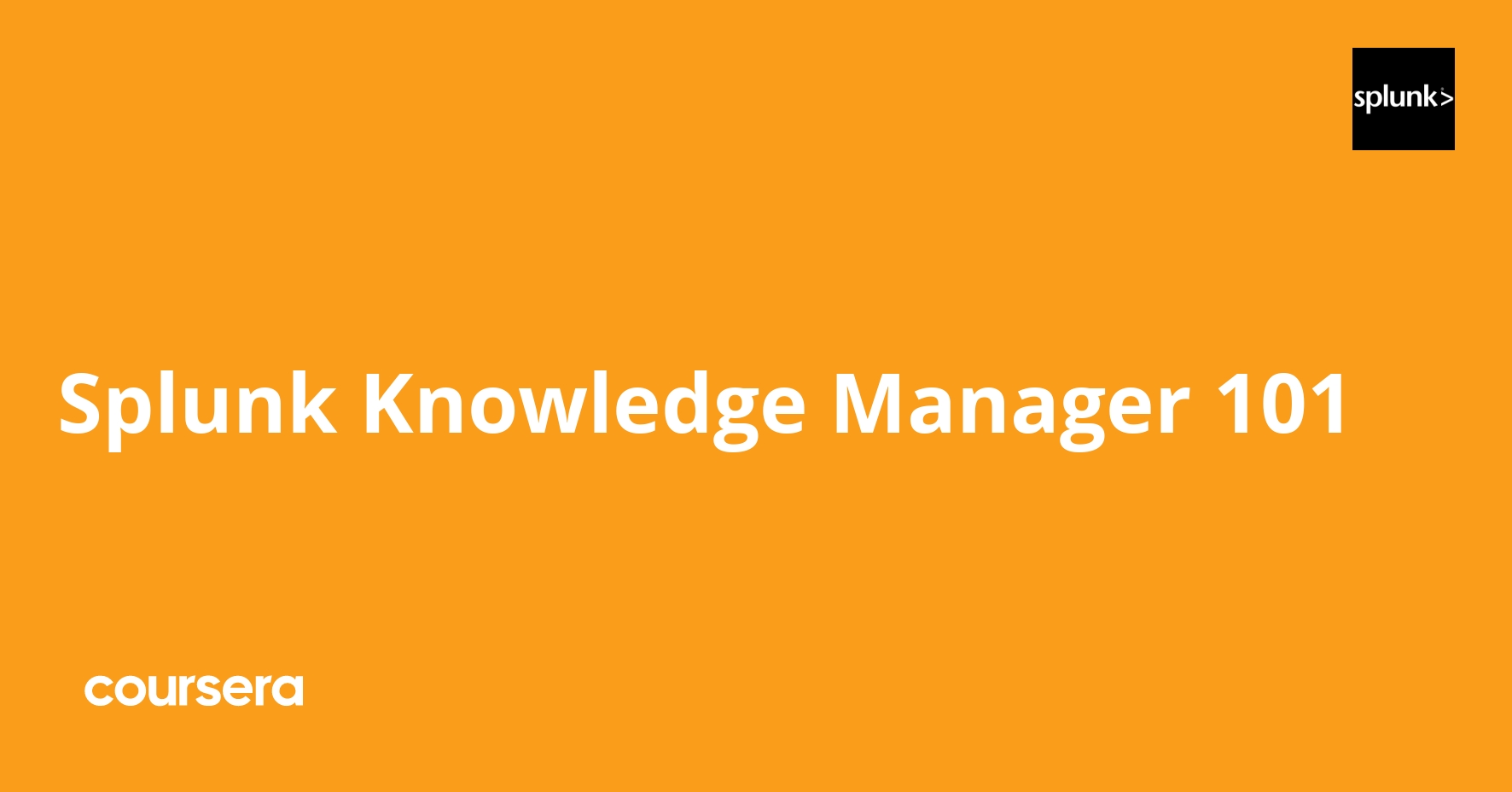Description
This course will introduce you to the basics of machine data, Splunk’s architecture, and how to navigate the Splunk Web interface. You will gain fundamental knowledge for defining, creating, and using fields in searches. You will learn about the different types of knowledge objects and how to create knowledge objects including event types, workflow actions, tags, aliases, search macros, and calculated fields.
What you will learn
What is Splunk?
This eLearning module introduces students to what machine data is, and how Splunk can leverage operational intelligence to investigate and respond to incidents in their organizations.
Introduction to Splunk
This eLearning module teaches students how to use Splunk to create reports and dashboards and explore events using Splunk’s Search Processing Language. Students will learn the basics of Splunk’s architecture, user roles, and how to navigate the Splunk Web interface to create robust searches, reports, visualizations, and dashboards..
Using Fields
This module is for users who want to learn about fields and how to use fields in searches. Topics will focus on explaining the role of fields in searches, field discovery, using fields in searches, and the difference between persistent and temporary fields. The last topic will introduce how fields from other data sources can be used to enrich search results.
Intro to Knowledge Objects
This eLearning module teaches students about how different types of knowledge objects to extract additional insights from your data. Students will learn the basics of how to create knowledge objects, define their settings, edit, and manage existing knowledge objects.





